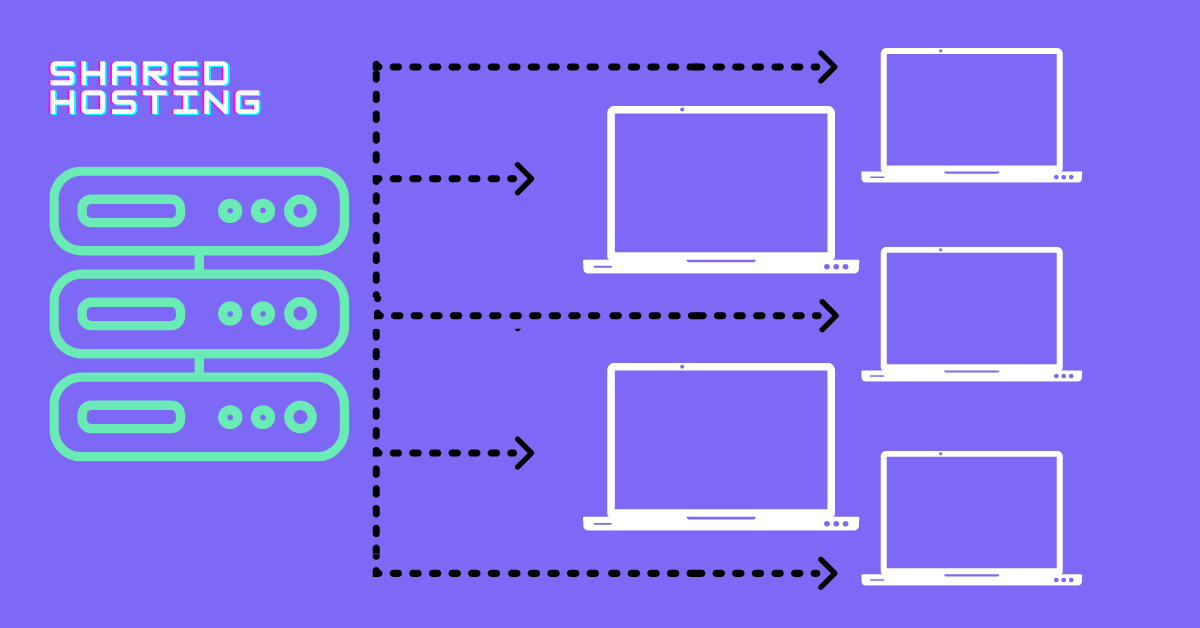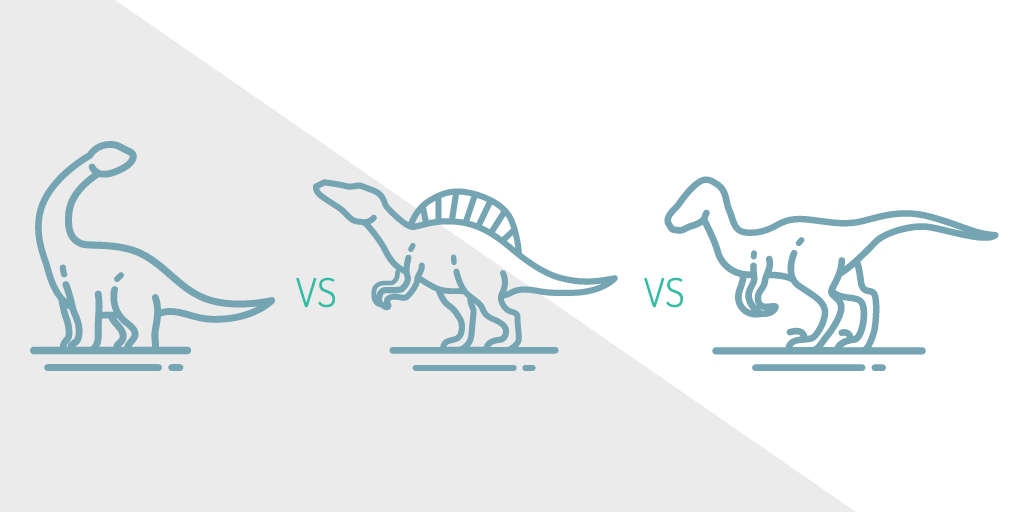By the time you have finished reading this sentence, 3 new websites have been created. One minute from now, 175 new websites have been added to the worldwide web.
In the past, simple web hosting services were all anyone needed to set up a presence on the internet.
But now, because of the internet's explosive growth, new systems are put in place to cater to the deployment of websites and apps.
There are several of them, but we'd be focusing on three major ones in this article: Shared hosting, VPS Hosting, and Dedicated hosting.
We'll go in-depth about each IaaS (Infrastructure-as-a-Service), its significant differences, and its most appropriate uses.
Shared Hosting

Shared Web hosting is when many websites are built on the same server. This means they share the same bandwidth resources. Shared hosting is the most economical among the three because the cost of maintenance is shared across all customers.
Shared hosting is ideal for customers who are not tech-savvy or do not want to concern themselves with maintaining their servers. With shared hosting, data is processed on the servers located in the hardware.
Here are some example companies that provide shared hosting services are Bluehost, HostGator, and SiteGround.
Advantages of Shared Hosting
Here are some reasons most people consider shared-hosting servers.
a. Managed by the service provider: One significant advantage of shared web hosting is that your host manages it. Since shared web hosting is low maintenance, you don't need to worry about hardware upgrade and maintenance, updating software, DDoS attacks, etc. Your host will take care of these.
b. More affordable: Of all three web hosting solutions, shared hosting is the least expensive because many users contribute to the use of the server. The service providers distribute the cost of hosting between customers.
c. Scalable: With shared hosting, you can always upgrade your package as your site grows and needs more resources.
d. Simplified user interface: Shared hosting is beginner-friendly to people new to the world of web hosting. The website owner can easily manage the back end using a simplified control interface, where administrative tasks and duties can be managed.
e. Option to host multiple domains: You can add many domains to your directory as a shared-hosting domain owner. An example of this is https://www.ssdnodes.com/ as the primary domain name and https://blog.ssdnodes.com. Another example would be a health expert that owns the website tobaishealthyliving.com; he can add a store that sells health supplements with the domain name store.tobias healthy living.com.
Disadvantages of Shared-Web hosting
As with every other IaaS, there are also downsides to using shared hosting.
a. Security: This has to be the most significant advantage of using shared hosting. If a website on a server is compromised, all other websites hosted on that same server are at risk. Shared-hosting service providers promise each website is "isolated" on the server. But, it is not 100% isolated. An average joe hacker can find her way around this.
b. Slow Loading
by subscribing to our newsletter.


